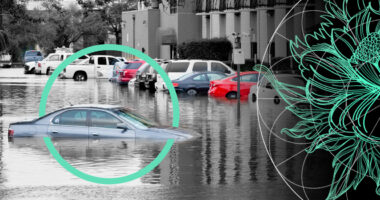ILS
Insurance-Linked Securities (ILS) — financial instruments whose values are driven by insurance loss events. Those such instruments that are linked to property losses due to natural catastrophes represent a unique asset class, the return from which is uncorrelated with that of the general financial market.
Insurance companies are two important ways insurers profit in this business.
One is by selling portfolios of insurance policies grouped into packages, to interested investors. The risk from low severity, high probability events can be diversified by writing a large number of similar policies. This reduces an insurer’s risk because should a policy default, then the loss is shared between a large number of investors.
The second way insurers profit on policies is by re-insuring them through other insurers. A reinsurance policy would allow a second insurer to share in the gain and potential loss of the policy, much like an investor. The secondary insurer would share invested interest and risk.



















